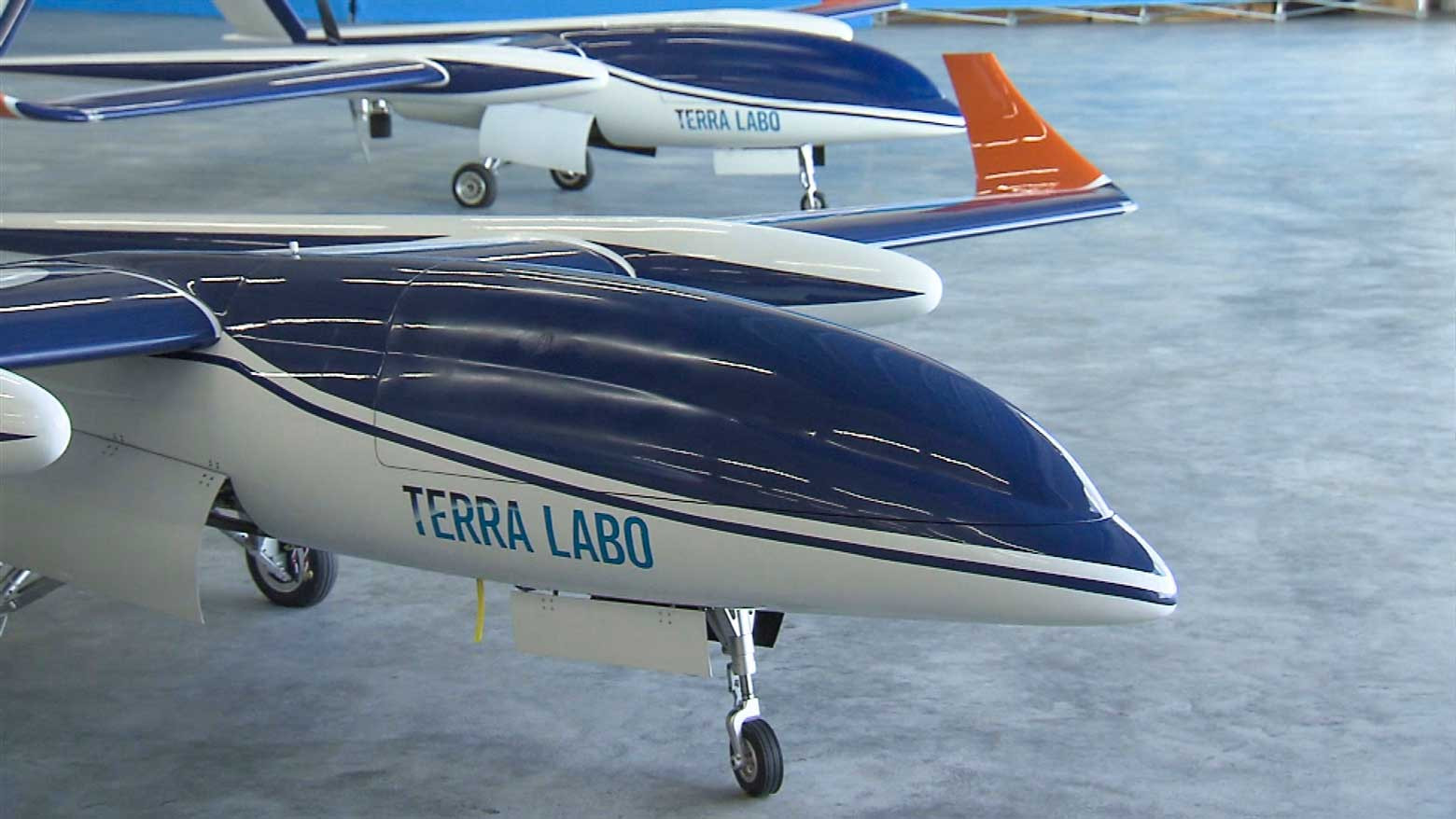The vehicle soaring through the sky above Fukushima Prefecture looks like a bird from afar, but its inventor had a very different animal in mind. Matsuura Takahide calls his creation the Terra Dolphin.
In mythologies, dolphins are creatures that come to the rescue of humans, and Matsuura devised his long-range unmanned aerial vehicle to save lives in the event of a disaster.
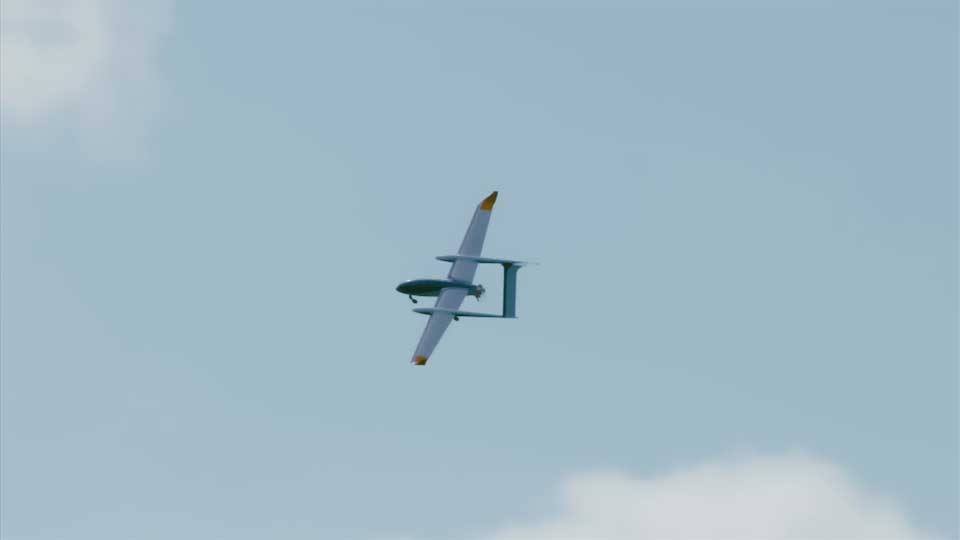
The machine is the latest piece of a disaster-response arsenal developed by Matsuura's firm, Terra Labo.
The Dolphin is designed to fly over disaster zones, mapping the terrain with a camera and a laser. By comparing the results with topographical data from before the disaster, they can see exactly what damage has occurred.
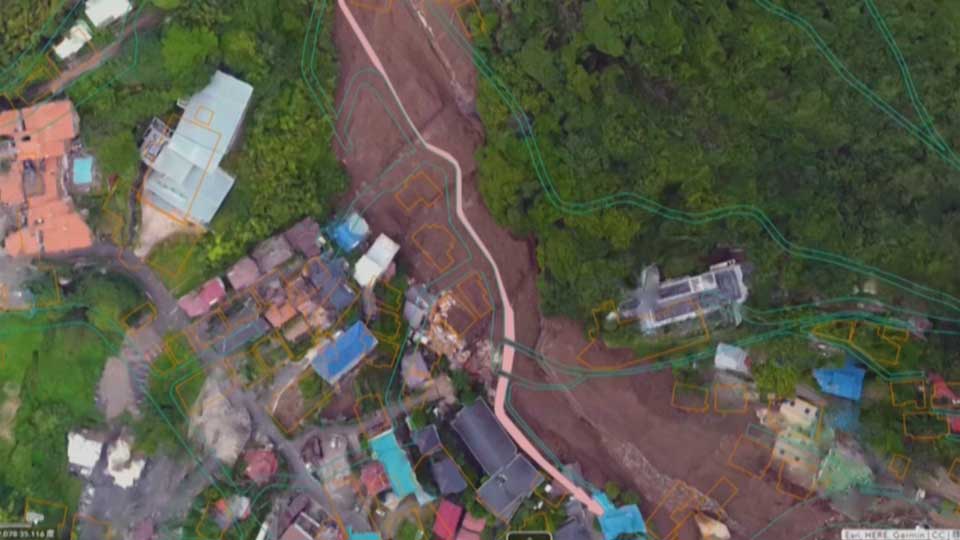
So far, authorities have only allowed the Dolphins to take test flights above very limited areas. But Matsuura has already started operating a surveillance system that will one day involve the new vehicles.
When a natural disaster occurs in Japan, Matsuura and his team rush to the site, and map the scene using conventional drones and motor gliders.
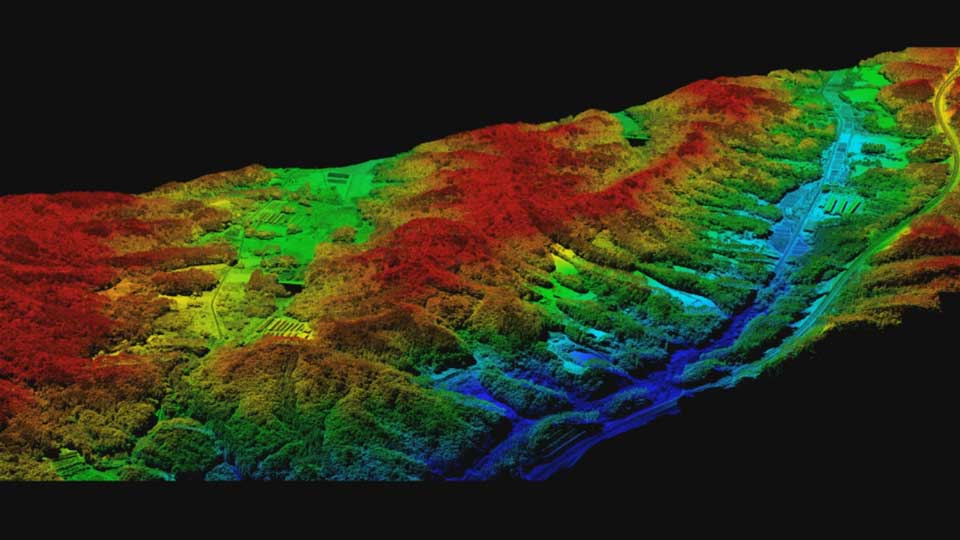
He expects that once the Dolphins become available, the system will be further improved in terms of speed, accuracy and range of information gathering.
"There are vast spaces where satellites can't capture all the details, or where conventional multicopter-type drones can't go," says Matsuura. "Our idea is to compensate for these issues with our Terra Dolphins."
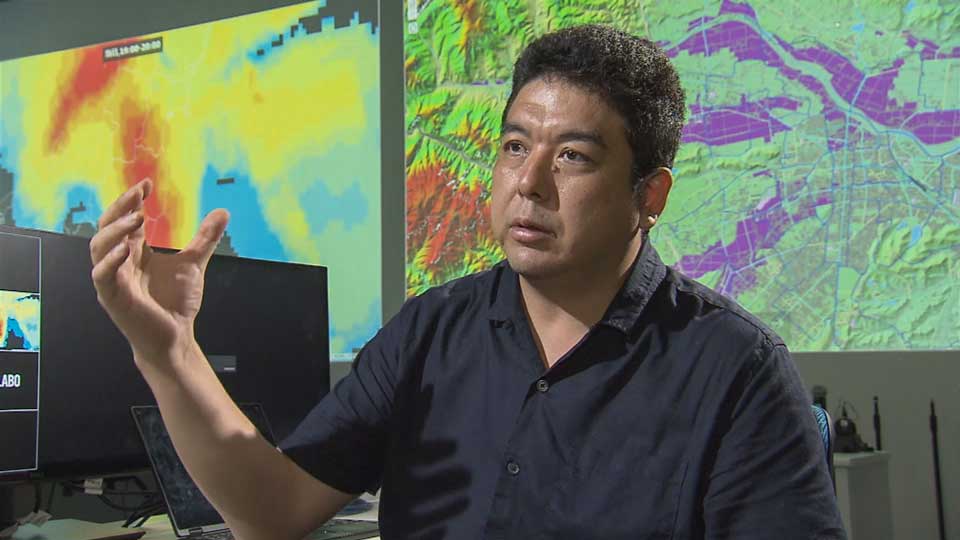
Cooperation with local government
Last year Matsuura set up a research and development base for his company in a part of Minamisoma that city officials are trying to turn into a technology park.
"In an emergency, members of a local government disaster task force meet regularly to make decisions," says Matsuura. "We hope information provided by our system can help them make the best decisions."
While many municipalities in Japan have yet to fully adapt to digital technology, officials in the city of Minamisoma readily embraced Matsuura's project. Their experience of the 2011 earthquake and tsunami taught them just how critical this kind of information can be.
They've been cooperating with Terra Labo so that they can use the company's system as effectively as possible should a disaster strike.
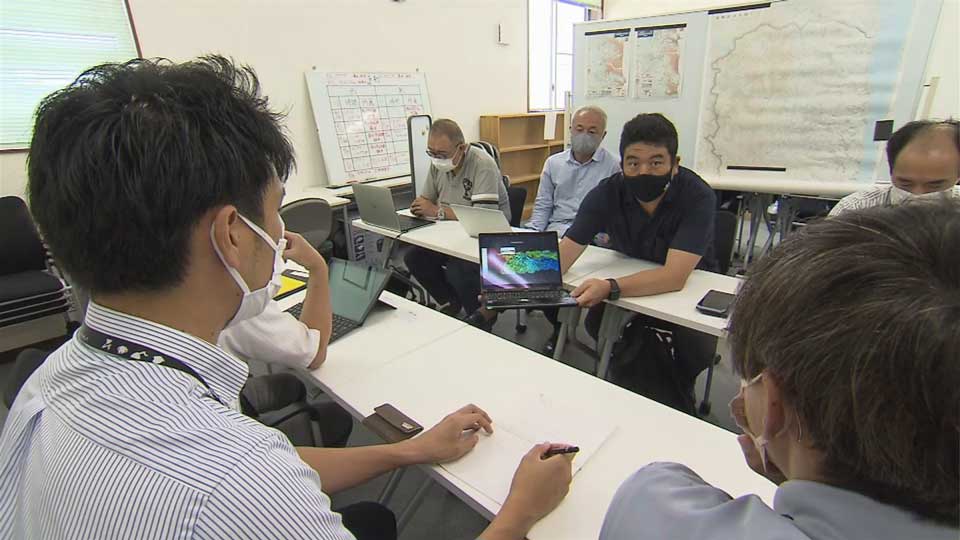
At a recent meeting of Terra Labo staff and city officials, the topic turned to infrared imaging.
"You can see the bulldozer has a high temperature because its engine is running," says Matsuura, pointing to an image that Terra Labo took after recent floods in northern Japan. "The surrounding buildings are also hotter, but the flooded areas are, of course, cooler. We realized that with images like this, we could get a better understanding of what's going on in flooded areas."
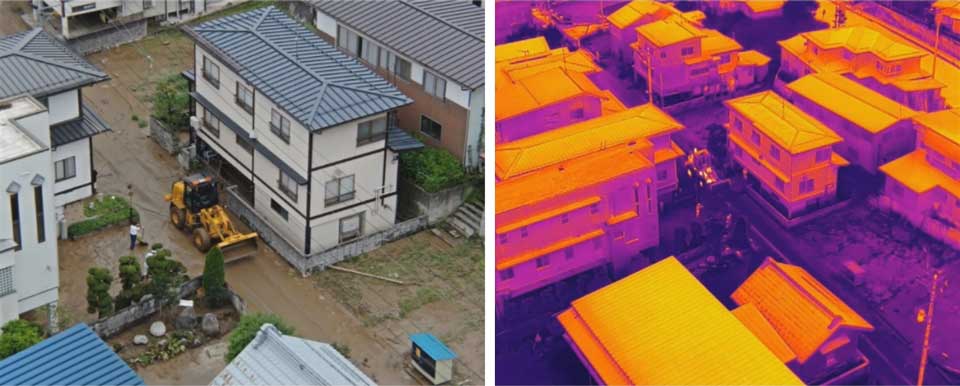
"So that means even if someone is taking shelter on a rooftop in the dark, this technology can read that," notes Minamisoma official Ando Masataro.
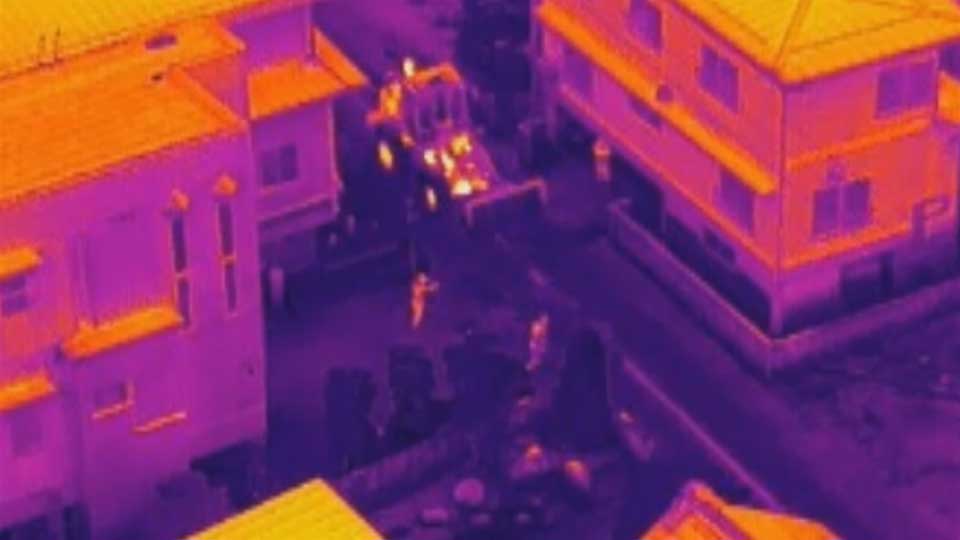
"Eleven years ago, our city experienced something unprecedented – something that other places have never experienced before," says Ando. "It's our hope that we can combine the lessons we learned from that with the latest technology to minimize the loss of life in other disasters."
Fukushima an example for all of Asia
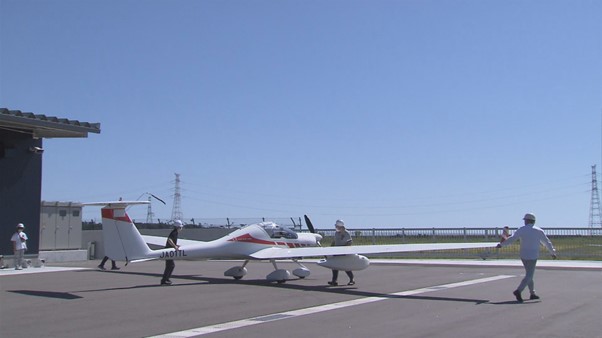
Matsuura and his team have been conducting routine observation flights over Minamisoma using a manned motor glider as part of a continuing experiment. The glider is installed with surveillance devices that will eventually be mounted on the firm's Terra Dolphins.
"I'm confident Minamisoma will be the birthplace of something new," says Matsuura. "Innovation tends to give rise to technology. But at the core of innovation is still the connection between people. My immediate goal is to make this Fukushima project a pioneering case study. I hope to expand what we're doing not only to the rest of Japan, but all of Asia, too."
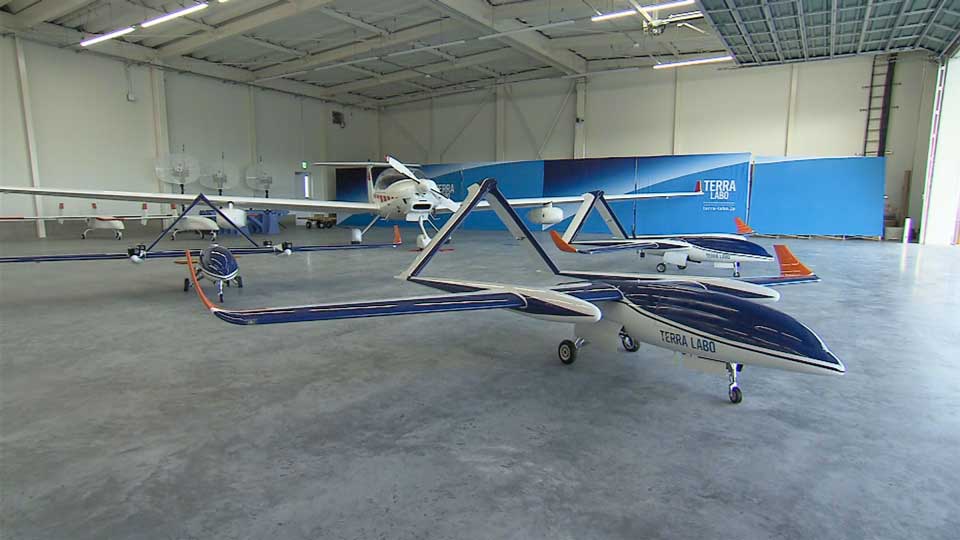
If everything goes to plan, the Terra Dolphin disaster system will officially get off the ground as early as 2025.
